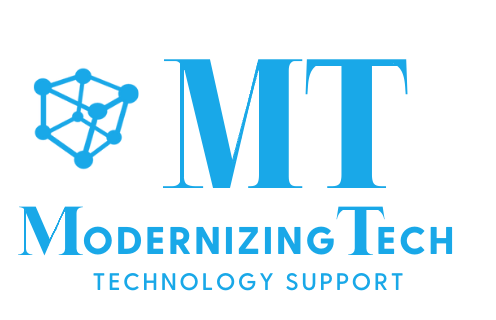Recent research by cybersecurity company Modat uncovered a significant concern with healthcare devices connected to the internet. Over 1.2 million devices were found to be accessible without proper security controls, presenting risks that expose sensitive patient data, including medical images and personal information, to unauthorized parties.
Their research used advanced scanning tools to identify vulnerable systems across multiple countries. The findings revealed that many of these devices are accessible online with minimal or no protection, often protected only by default passwords or weak credentials. Some systems are outdated legacy devices still in use, which no longer receive security updates, further compounding the risk.
As hospitals and clinics increasingly adopt connected medical equipment such as MRI scanners, X-ray machines, and laboratory devices, the importance of securing these systems cannot be overstated. When misconfigured or left unprotected, these devices can become entry points for cyber threats or accidental data leaks.
Detections
Using a specialized cybersecurity platform, researchers scanned the internet for healthcare devices and identified over a million systems that are reachable from outside hospital or clinic networks. These scans provided detailed information such as device type, geographic location, and security status.
The data showed the highest concentrations of exposed devices in countries including the United States, South Africa, Australia, Brazil, and many European countries. Among the exposed data, researchers found actual medical images including MRI scans and X-rays linked to patient identifiers like names and scan dates.
The vulnerabilities stem from common issues such as:
- Lack of authentication
- Devices configured with default or weak passwords
- Lack of timely software and firmware updates
- Use of outdated or unsupported systems
- Improper network segmentation or access controls
Potential Impact and Risks
The exposure of confidential medical images and patient data carries serious implications. Unauthorized access can lead to privacy violations, identity theft, or targeted fraud. Additionally, unsecured devices can be exploited as entry points for cyberattacks, such as ransomware, which could disrupt hospital operations or compromise patient safety.
As the healthcare sector moves towards greater connectivity, securing these devices becomes a critical priority. Proper device configuration, regular security assessments, and ongoing monitoring are essential steps to mitigate these risks.
Recommendations for Healthcare Providers
Healthcare organizations should adopt best practices including:
- Conducting regular vulnerability scans and security assessments
- Enforcing strong, unique passwords for all connected devices
- Applying security patches and firmware updates promptly
- Limiting internet access to devices that genuinely require it
- Maintaining an accurate inventory of all internet-connected assets
As the number of connected medical devices continues to grow, so does the importance of safeguarding sensitive information from cyber threats. Implementing comprehensive security strategies is essential to protect patient privacy and maintain operational resilience.
Visit Modat’s official report for detailed insights and technical analysis here.


Leave a Reply